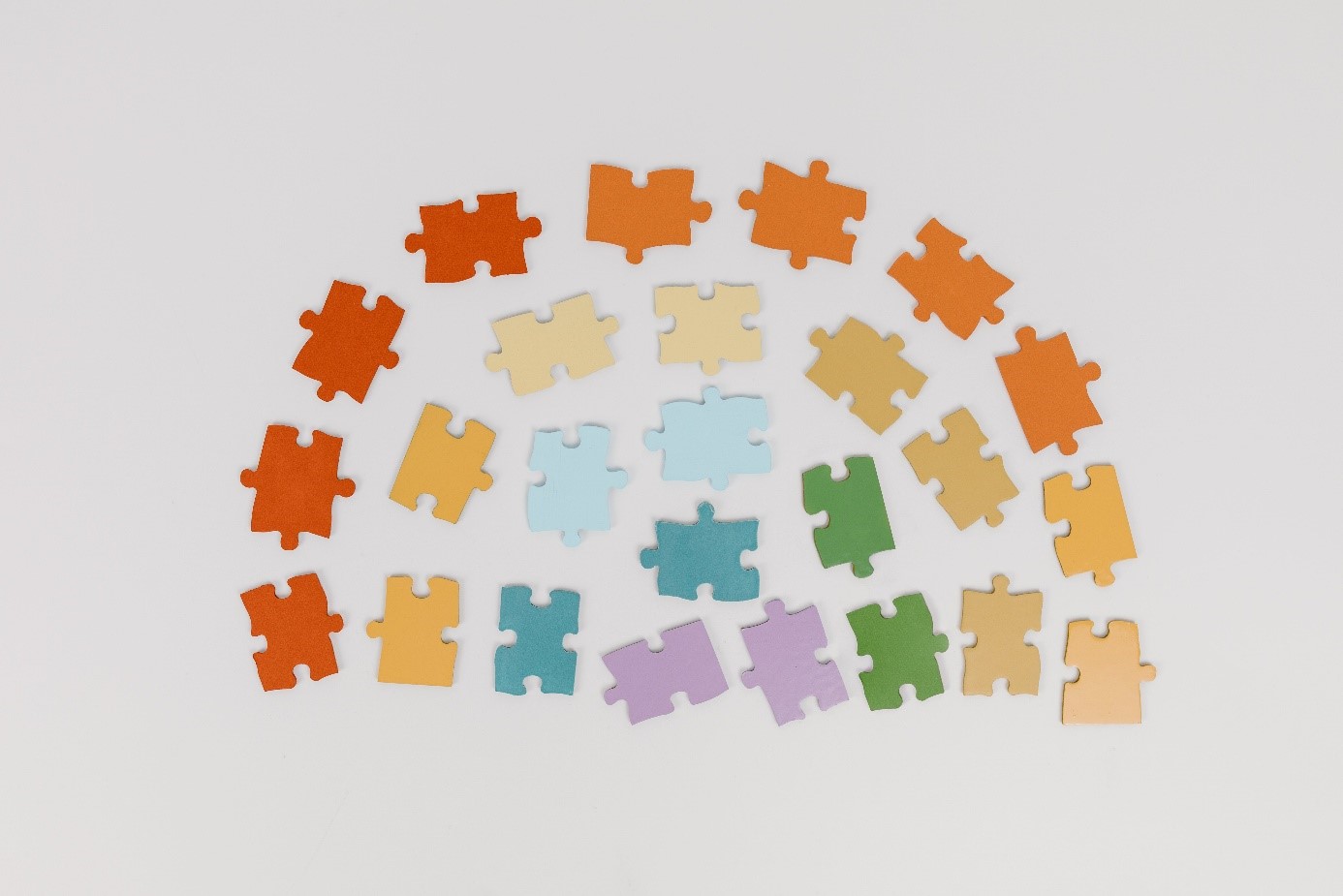
Fancy something new? We will show you an interactive exercise in which intensive exchange and new input are pre-programmed. By visiting the Albatross culture, participants learn that they always interpret situations with the help of their own social and cultural conditioning. However, this interpretation is one view among many and does not have to be “the only correct one”. Especially in intercultural teams, this exercise can lead to exciting discussions and create an intensive group experience. Are you curious? Then find out here how to bring the Albatross culture to your network!
Note: We recommend this exercise for a group size of 12 – 25 people. You will need 30 – 60 min time and a room where a circle of chairs is possible. Lastly, you will need a bowl of peanuts, bread, or something similar and two volunteers of different genders (in the rest of the article we refer to male and female, but this is not exclusive. Any gender can take part in the exercise, but care should be taken to ensure that they are different in order to achieve the effect of the exercise).
Preparation of the exercise:
The two volunteers are “initiated” into the Albatross culture beforehand outside the group. They wait outside the room for their assignment.
The group sits in a semicircle of chairs. In front of the semicircle is an empty chair, under which is the bowl of peanuts. Inform the participants that they will now receive a visit from two people from a foreign culture: the Albatross culture. The group is to observe the behavior of the persons and find out the cultural peculiarities. There is to be no talking during the entire visit – ask all participants to be considerate of this.
Progression of the exercise:
The man* and woman* enter the room in silence, with the woman walking at a clear distance behind the man. Both look into the group in a friendly manner and then approach the participants one after the other. Crossed legs of male participants are gently but clearly placed on the floor. Women are asked to sit on the floor with a gesture. The male Albatross touches only the male participants (if necessary), and the female Albatross touches only the female participants. If the participants reposition themselves, they are gently but firmly corrected by gestures.
Then the man sits down on the empty chair while the woman kneels next to him on the floor. Both sit facing the group. The woman lifts the bowl of peanuts and hands it to the man. He takes some peanuts, chews them demonstratively, and then hands the bowl to the woman. She eats a few nuts and then puts the bowl aside.
Now the man puts his hand on the woman’s shoulder. She bends forward closely three times, touching the floor with her head. Finally, man and woman stand up and leave the room with quiet steps, with the man leading again and the woman following.
Interpretation of the situation:
Ask the group to describe what they have seen (without evaluation or interpretation, but beware, this is not easy!). Afterwards, they may interpret what they have seen. Some will perceive the role of women in the Albatross culture as low ranking, giving examples such as sitting on the floor or the fact that the man eats the food first. After the interpretation session, participants will receive information about Albatross culture:
In Albatross, the earth is considered something divine, and the ultimate goal is to live in harmony with mother earth. The woman is considered a mediator of the divine, as many women can bear children and are thus perceived to be closer to nature. Therefore, the woman is allowed to sit on the earth and touch it, whereas this is forbidden to the man. Therefore he has to sit at a distance on an uncomfortable sitting frame (chair). The only way he can come into contact with the earth is through his feet when sitting, and through the woman’s contact when she leans down to the ground. Otherwise, he is not allowed to touch a woman. The man’s task is to taste the woman’s food and walk in front of her to protect her from possible danger.
In a final discussion, you may work out how such prejudices come about. If it is humiliating in one culture to take a seat on the floor, this can be something honorable with another cultural imprint. Are there situations from everyday life where participants have experienced something similar? We are eager to hear your stories!
Just as the Albatross community exercise teaches us about cultural understanding, the DARE project empowers VET professionals and entrepreneurs to embrace Diversity, Equality, and Inclusion (DEI) in SMEs. By focusing on practical leadership and advocating for equality, DARE revitalizes SME practices. These initiatives promote inclusivity, strengthen businesses, and elevate their reputation in diverse communities and industries. Both the Albatross exercise and DARE highlight the importance of cultural understanding and inclusion in today's business world.
**In this article we refer to man/male and woman/female, but this serves just as an example and is not exclusive. Any gender is welcome to take part in the exercise, but care should be taken to ensure that they are different in order to achieve the effect of the exercise.